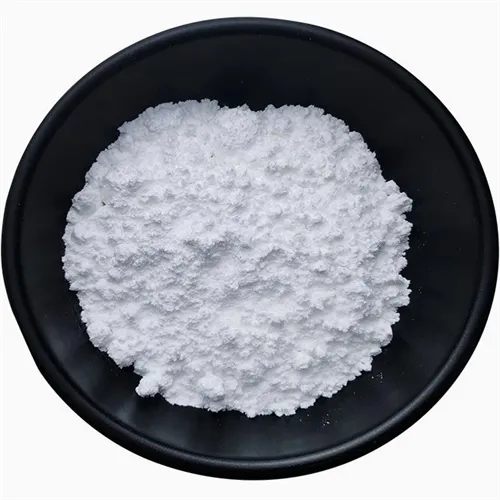 Email: sale@hebeidisha.com
Email: sale@hebeidisha.com
 Tel: +86 13315186550
Tel: +86 13315186550
- Afrikaans
- Albanian
- Amharic
- Arabic
- Armenian
- Azerbaijani
- Basque
- Belarusian
- Bengali
- Bosnian
- Bulgarian
- Catalan
- Cebuano
- China
- China (Taiwan)
- Corsican
- Croatian
- Czech
- Danish
- Dutch
- English
- Esperanto
- Estonian
- Finnish
- French
- Frisian
- Galician
- Georgian
- German
- Greek
- Gujarati
- Haitian Creole
- hausa
- hawaiian
- Hebrew
- Hindi
- Miao
- Hungarian
- Icelandic
- igbo
- Indonesian
- irish
- Italian
- Japanese
- Javanese
- Kannada
- kazakh
- Khmer
- Rwandese
- Korean
- Kurdish
- Kyrgyz
- Lao
- Latin
- Latvian
- Lithuanian
- Luxembourgish
- Macedonian
- Malgashi
- Malay
- Malayalam
- Maltese
- Maori
- Marathi
- Mongolian
- Myanmar
- Nepali
- Norwegian
- Norwegian
- Occitan
- Pashto
- Persian
- Polish
- Portuguese
- Punjabi
- Romanian
- Russian
- Samoan
- Scottish Gaelic
- Serbian
- Sesotho
- Shona
- Sindhi
- Sinhala
- Slovak
- Slovenian
- Somali
- Spanish
- Sundanese
- Swahili
- Swedish
- Tagalog
- Tajik
- Tamil
- Tatar
- Telugu
- Thai
- Turkish
- Turkmen
- Ukrainian
- Urdu
- Uighur
- Uzbek
- Vietnamese
- Welsh
- Bantu
- Yiddish
- Yoruba
- Zulu
Sep . 06, 2024 21:24 Back to list
Pure Saccharin - High-Quality Artificial Sweetener
The Sweet Science of Saccharin A Dive into Pure Saccharin
Saccharin, one of the oldest artificial sweeteners, has played a significant role in the evolution of sugar substitutes since its discovery in the late 19th century. With its intense sweetness—approximately 300 to 400 times sweeter than sucrose—it has carved a niche for itself in the food and beverage industry, particularly for those looking to reduce calorie intake without sacrificing flavor. This article elucidates the characteristics, uses, and controversies surrounding pure saccharin.
Pure saccharin is a white, crystalline powder that is often used in a variety of applications, ranging from diet sodas and sugar-free snacks to pharmaceutical formulations. Its stability under heat makes it an attractive option for baked goods and other processed items, where a sweet taste is desired without the calories that accompany traditional sugars. Because saccharin is non-nutritive, it can help individuals manage their caloric intake—an essential factor for those with conditions such as diabetes or those on weight loss programs.
One of the notable benefits of saccharin lies in its cost-effectiveness. Compared to sugar, pure saccharin is significantly cheaper, which can make it a preferred choice for manufacturers aiming to keep production costs low. Moreover, the long shelf life of saccharin contributes to its viability as a staple in food production, reducing waste associated with spoilage.
pure saccharin

However, saccharin is not without its controversies. For years, it faced scrutiny regarding its safety, especially after studies in the 1970s linked it to bladder cancer in laboratory rats. This sparked public fear and led to labeling requirements for products containing saccharin. Nevertheless, subsequent research and reviews by regulatory bodies, including the U.S. Food and Drug Administration (FDA) and the World Health Organization (WHO), concluded that saccharin is safe for human consumption within established limits. In fact, it was removed from the list of potential carcinogens in 2000.
Today, saccharin enjoys a renewed acceptance as part of a broader array of artificial sweeteners available in the market. It is often found in conjunction with other sweeteners like aspartame or sucralose to synergistically enhance flavor profiles in food products. While its intense sweetness can sometimes leave a bitter aftertaste, manufacturers experiment with various formulations to ensure a more palatable experience for consumers.
In conclusion, pure saccharin represents a fascinating chapter in the narrative of artificial sweeteners. As society increasingly looks for healthier alternatives to sugar, saccharin's unique characteristics provide specific advantages that address dietary needs while facilitating flavorful consumption. Despite its checkered past, saccharin's safety profile and economic benefits position it as a valuable player in the ever-evolving landscape of food science. As consumers become more savvy about their dietary choices, saccharin is likely to maintain its relevance in the quest for sweetness without compromise.
Latest news
-
Certifications for Vegetarian and Xanthan Gum Vegetarian
NewsJun.17,2025
-
Sustainability Trends Reshaping the SLES N70 Market
NewsJun.17,2025
-
Propylene Glycol Use in Vaccines: Balancing Function and Perception
NewsJun.17,2025
-
Petroleum Jelly in Skincare: Balancing Benefits and Backlash
NewsJun.17,2025
-
Energy Price Volatility and Ripple Effect on Caprolactam Markets
NewsJun.17,2025
-
Spectroscopic Techniques for Adipic Acid Molecular Weight
NewsJun.17,2025